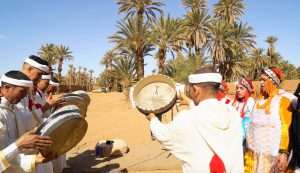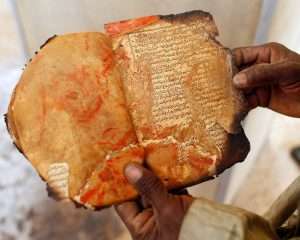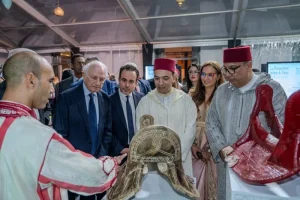Three ancient tombs discovered by Egyptian archaeologists

Egypt has announced the discovery of three ancient tombs belonging to high-ranking officials in the Dra Abu al-Naga necropolis in Luxor, according to a May 26th report by the New Arab.
Archaeologists working under the Egyptian Ministry of Tourism and Antiquities uncovered the tombs, which date back to the New Kingdom era (1550–1070 B.C.). According to a statement from the Ministry of Tourism and Antiquities, the discovery included inscriptions that revealed the names and titles of the tombs’ owners.
Mohamed Ismail Khaled, Secretary-General of the Supreme Council of Antiquities, noted in the statement that additional research on the inscriptions found in other tombs is necessary to better understand the identities of those buried there.
The ministry also shared images of items uncovered in the tombs, such as statues and various artefacts. This discovery comes ahead of the much-anticipated full launch of the Grand Egyptian Museum, slated for this summer, although an official opening date has not yet been announced. The museum is set to exhibit over 100,000 artefacts highlighting Egypt’s ancient history.
Among the tombs uncovered in Luxor was one belonging to Amum-em-Ipet, an official from the Ramesside period who served in the estate of Amun. Although much of the tomb was damaged, surviving artefacts include scenes of funeral furniture bearers and a banquet.
The structure of the tomb features a small courtyard that leads to an entrance, followed by a square hall ending in a niche. The western wall of the niche, however, was destroyed.
The remaining tombs date back to Egypt’s 18th Dynasty and include one that belonged to a man named Baki, who served as the supervisor of a grain silo.
Another tomb is attributed to an individual identified as “S,” who held several positions, including supervisor at the Temple of Amun in the oasis, writer, and mayor of the northern oases.
The Minister of Tourism and Antiquities, Sherif Fathi, hailed the discovery as a major archaeological and scientific milestone, emphasising its potential to enhance cultural tourism and draw more visitors eager to explore Egypt’s extensive historical legacy.
Earlier in January, several ancient finds were made near Luxor, including rock-cut tombs and burial shafts estimated to be 3,600 years old. These were uncovered along the causeway of Queen Hatshepsut’s funerary temple at Deir al-Bahri, located on the Nile’s western bank.
In late 2024, a team of Egyptian and American archaeologists unearthed an ancient tomb containing 11 sealed burials near Luxor.
Dating back to the Middle Kingdom, the tomb was discovered in the South Asasif necropolis, adjacent to the Temple of Hatshepsut.
New Arab/ AP/ Maghrebi.org
Want to chase the pulse of North Africa?
Subscribe to receive our FREE weekly PDF magazine














